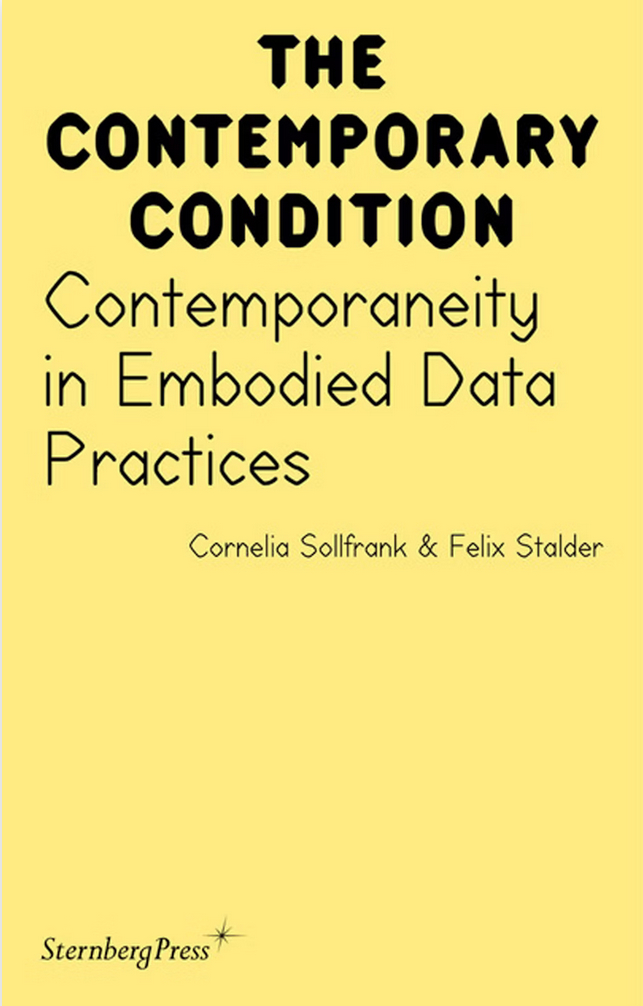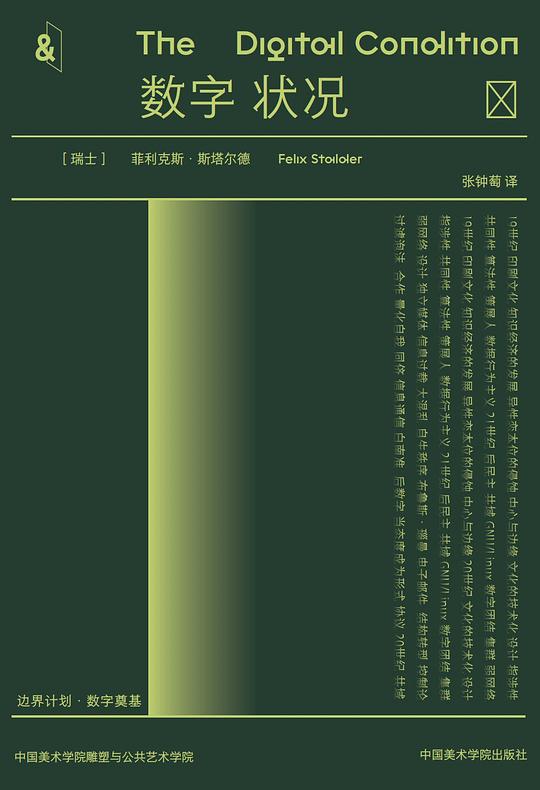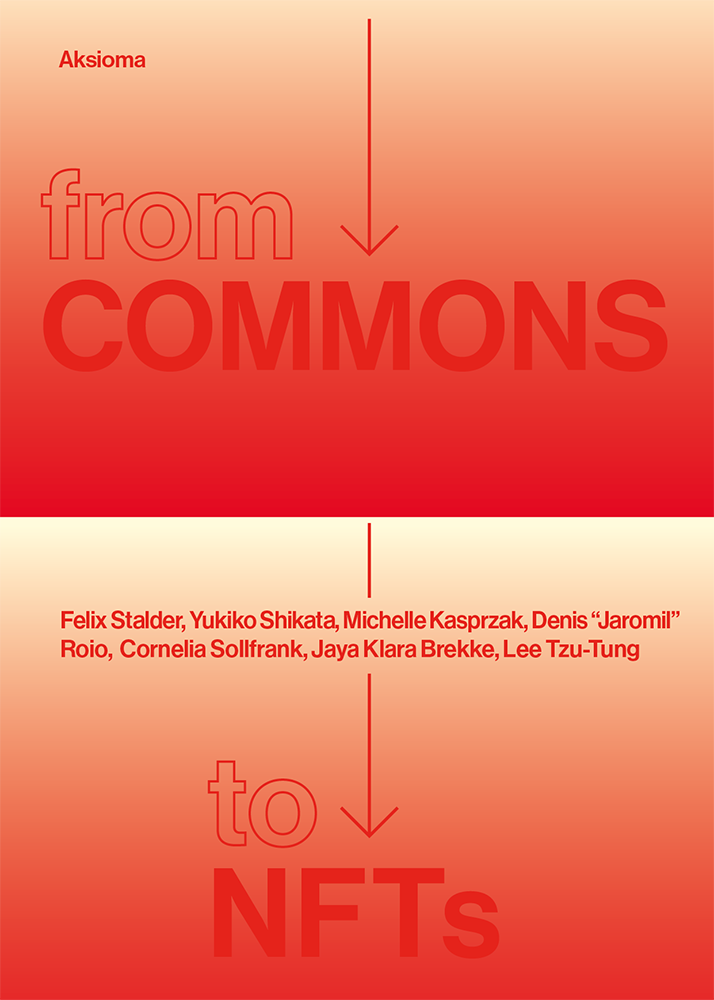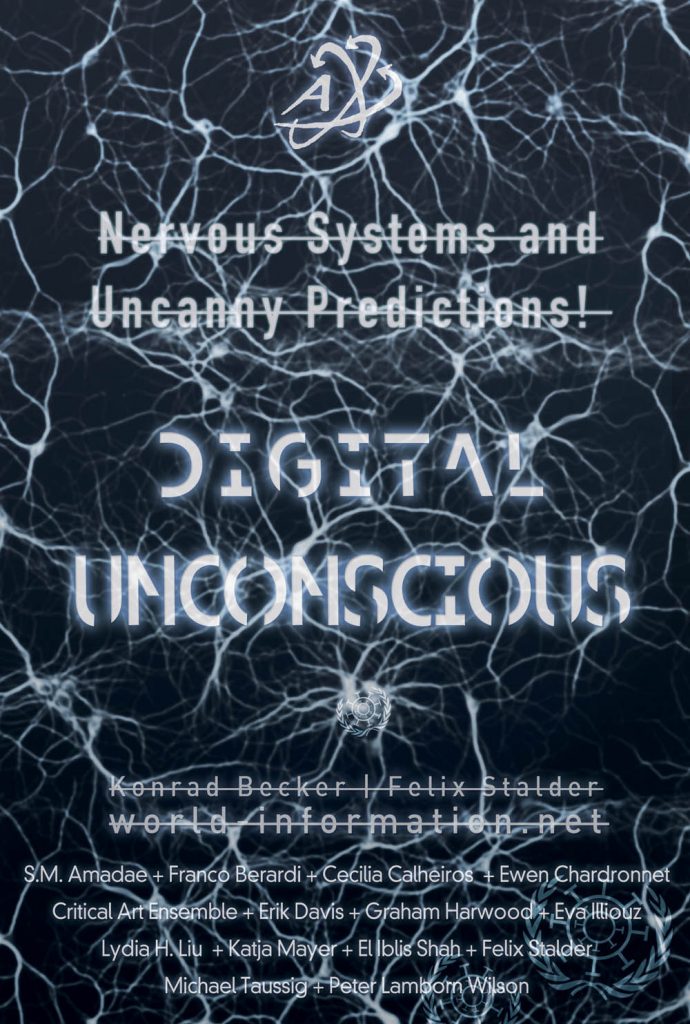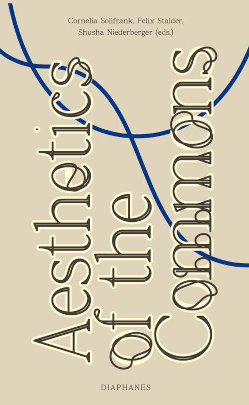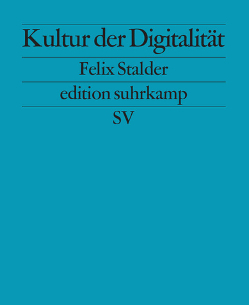
These are notes for a talk I gave a few years ago (can't remember the exact occasion). I came across them now, and I think they are still valid and relevant.

Hannah Höch. Untitled (From an Ethnographic Museum), 1930 (detail)
Definition:
Assemblage culture is based on the use of (parts of) pre-existing (material or informational) cultural objects in the creation of new cultural objects. Assemblage culture is an umbrella term incorporating numerous media-specific practices such as quoting, sampling, (re)mixing, montage, collage, editing.
- Assemblage culture emerges when a society becomes saturated by media objects. Saturation means that these objects become widely and easily available to a wide range of users.
Historical sequence:- printed text (quotations in scientific culture, 17th century)
printed images (early collages, late 19th century)
recorded audio (musique concrète, mid 20th century)
moving images (found footage film, mid 20th century)
computer code (free/open source software, 1980s)
modifiable genes (?) (early 21th century) - printed text (quotations in scientific culture, 17th century)
- Every cultural work contains elements taken from other works. Digitization makes the processes of assemblage – mostly implicit (by way of reference) in analog media – explicit (by way of insertion and transformation), putting it at the center of cultural production. Quoting and referencing in (scientific) texts made this practice explicit already in pre-digital form, reflecting the ease of separating content from its carrier in print culture.
- The meta-medium networked computer brings all media to the point of saturation, thus creating the material basis for the expansion of assemblage culture.
- The creative practice of assemblage culture is cooperative/distributed, rather than individual/centralized. There are three temporal modes of cooperation: synchronous, asynchronous, serial.
- The ontology of the assemblage is flat. Everything (media, genres, origins (times/places)) can be mixed with everything.
- Assemblage lowers the barrier of entry for cultural production, widening the range of producers.
- Assemblage blurs the boundaries between professionals and amateurs.
- Amateur and professional cultural production co-exist and overlap, but can be separated by adherence to professional norms, and remuneration (direct, indirect, or at least intended). Amateur and professional works can be of interest to equally wide (or narrow) publics.
- Assemblage blurs the boundaries between production, distribution, and consumption, adding many roles in between, some of them hybrids (bit-torrent = consumption & distribution; fans = consumers & unofficial custodians of a body of work). Creating a context for the reception of a work is as important as creating the work itself.
- Attribution of, control over, and remuneration for cultural production are issues separate from one another and require different norms and laws (rather one as in current copyright law).





